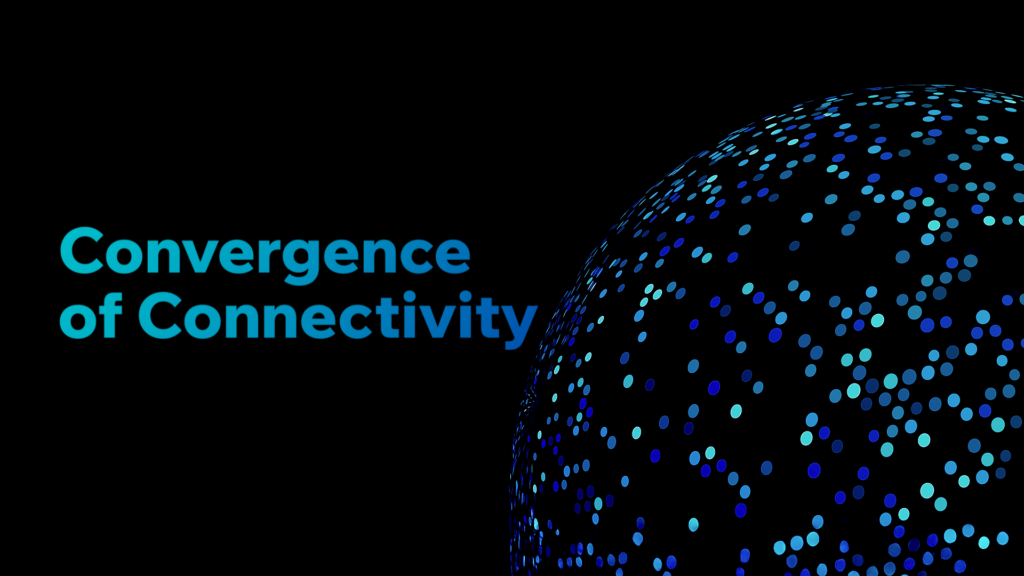
The world stands at the crossroads of a technological revolution, driven by the convergence of connectivity. As innovations in communication, networking, and device integration continue to expand, industries and societies are becoming more interconnected than ever. But what does this convergence truly entail, and how does it shape our future?
What is Convergence of Connectivity?
At its core, the convergence of connectivity refers to the seamless integration of various communication technologies and platforms to create unified, efficient networks. It bridges the gap between diverse systems, enabling real-time communication and data sharing across multiple devices and locations.
Evolution of Connectivity
The journey began with the advent of telecommunication systems like landlines and radio waves. Over time, it evolved to include the internet, mobile networks, and now, advanced protocols such as 5G. Each step brought us closer to a world where information flows effortlessly.
Key Features of Convergence
- Unified Communication Channels: Integration of voice, data, and video on a single platform.
- Interoperability: Diverse devices and systems communicating seamlessly.
- Real-Time Processing: Instantaneous data transfer and decision-making.
Historical Evolution
From Analog to Digital
The shift from analog to digital systems was a turning point. It allowed for the compression of data, enabling faster transmission and the emergence of digital communication platforms like email and video conferencing.
Key Milestones in Connectivity
- 1980s: Introduction of mobile phones.
- 1990s: Proliferation of the internet.
- 2000s: Rise of smartphones and broadband.
- 2010s: Emergence of IoT and 5G networks.
Technological Drivers
Role of 5G and Beyond
5G networks have redefined connectivity with unparalleled speeds and reliability. They provide the backbone for applications like autonomous vehicles, augmented reality, and telemedicine.
The Internet of Things (IoT)
IoT amplifies connectivity by linking billions of devices worldwide. Smart thermostats, wearable health monitors, and connected cars are just the beginning of this revolution.
Key Sectors Impacted
Healthcare Transformation
From remote patient monitoring to AI-powered diagnostics, connectivity enhances healthcare delivery, making it more efficient and accessible.
Revolution in Education
Online learning platforms thrive on strong connectivity, bringing education to remote areas and offering flexible learning environments.
The Smart Cities Initiative
Cities equipped with connected infrastructure, like smart traffic systems and energy-efficient grids, improve residents’ quality of life while promoting sustainability.
Global Trends in Connectivity
Regional variations in adoption reflect socio-economic conditions. While urban areas lead the charge with advanced networks, rural connectivity still lags, necessitating targeted interventions.
Benefits of Convergence
Enhanced Accessibility
Unified networks ensure information and services are accessible to all, fostering inclusivity.
Seamless Integration Across Devices
Users enjoy a cohesive experience as devices work harmoniously, from smart TVs to connected home security systems.
Challenges in Implementation
Security Concerns
With increased connectivity comes the risk of cyber threats, necessitating robust security protocols.
Infrastructure Gaps
Developing countries face significant hurdles in building the infrastructure required for advanced connectivity.



